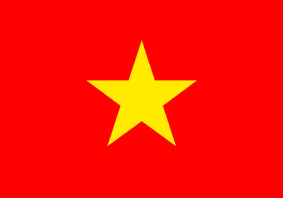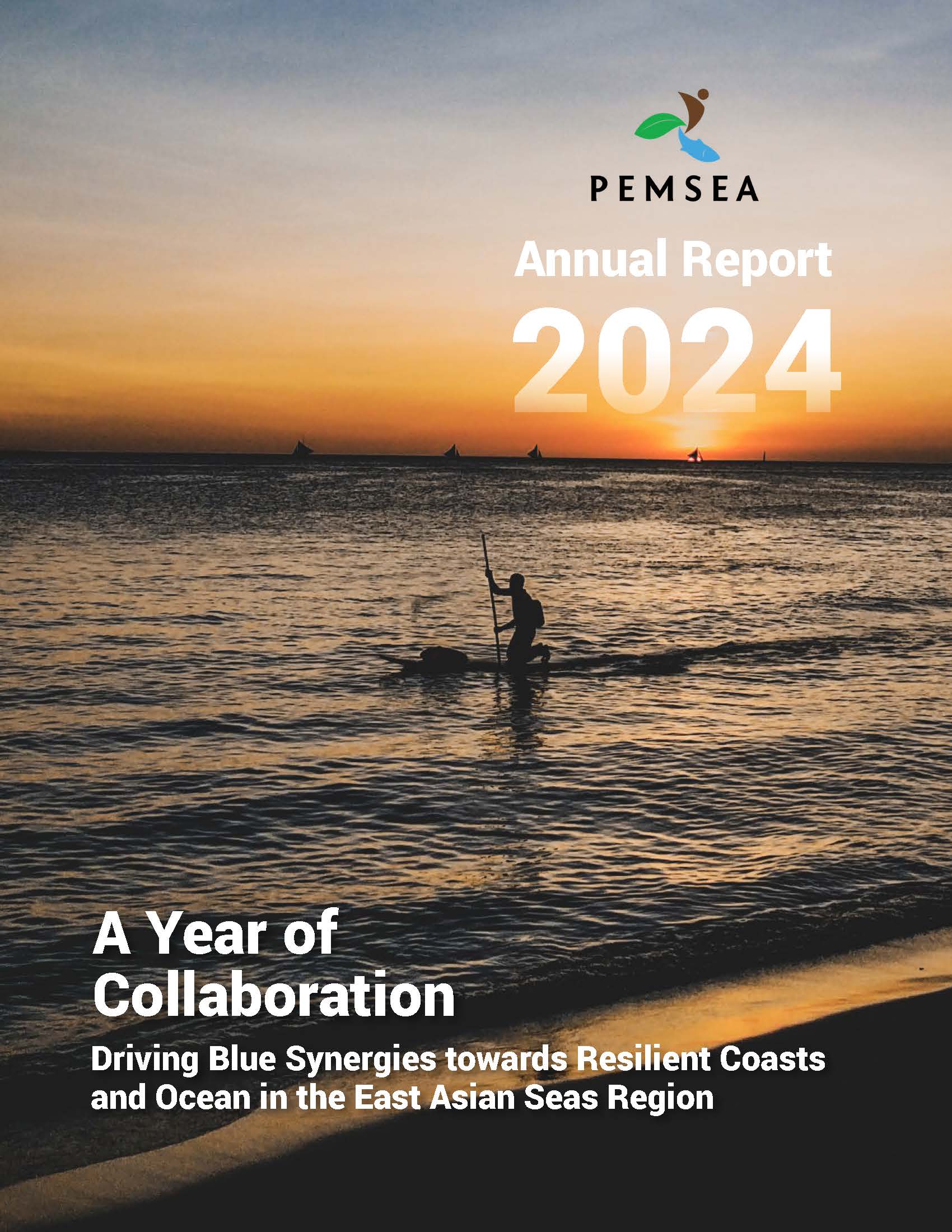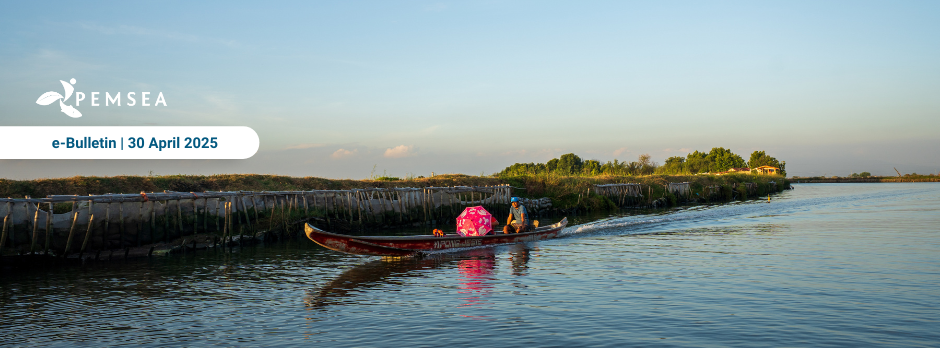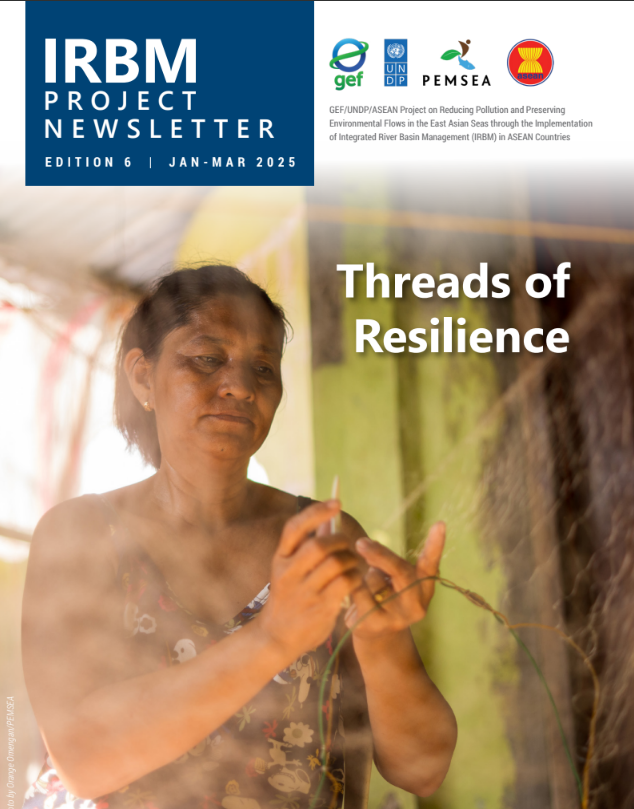
Breadcrumb
Vietnam

Capital:
Ha noi
Land Area:
310,070km²
Inland Water Area:
21,140km²
Length of Coastline:
3,260km
Viet Nam's coastal provinces and cities have been undergoing rapid economic growth over the past 10 years. Fifty percent of the major urban centers, which are inhabited by 23 percent of the country's population of about 86 million (2009), are located along the coastal areas. The country's coastal and marine waters contribute approximately 48 percent of the national GDP and about 80 percent of the total fisheries catch.
The prime minister signed Decision No. 158/2007/GD-TTg dated 9 October 2007 approving the Integrated Coastal Zone Management Program for North Central Region and Central Coastal Provinces until 2010 and Orientation towards 2020. The national ICM program is covering 14 coastal provinces in the central region of the country. In the same year, the National Strategy for Viet Nam's Seas Towards 2020 was approved requiring the establishment of a government organization to manage the seas and islands in an integrated and unified manner. In March 2008, the country established the Viet Nam Administration of Seas and Islands (VASI) under the Ministry of Natural Resources and Environment to to implement this function, performing advisory and technical support for the integrated and unified state management of its seas and islands.
On 6 March 2009, Decree No. 25/2009/ND-CP on Integrated Marine Resources Management and Environmental Protection of Seas and Islands was issued by the Government. This Decree is considered a landmark instrument to advance policies and programs on ICM in Viet Nam. In 2017, a National ICM Coordinating Committee and National ICM Coordinating Office was established to oversee and coordinate the implementation of Viet Nam’s National ICM Strategy and National ICM Action Plan (NAP). The goal was to scale up ICM good practices to cover 100 percent of Viet Nam’s coastline. Da Nang City, a national ICM demonstration site and working model for ICM in Viet Nam since 2000, has provided practical experiences and lessons to support ICM scaling up .
To date, some 14 provinces under the NAP and SDS-SEA Project covers close to 70 percent of Viet Nam’s 3,260-km mainland coastline with ICM. The country has also supported various legislation to strengthen efforts for the integrated management of its seas and islands. Among them: approval of the National ICM Program in the Northern and Central Coastal Region of Viet Nam towards 2010 and Vision to 2015; approval of the National ICM Strategy to 2020 with Vision to 2030 and National ICM Action Plan to 2020; passing of the Law on Marine and Island Resources and Environment and; the approval of the Strategy for Sustainable Development of Viet Nam’s Marine Economy to 2030 and Vision to 2045 which stipulates measures for transforming Viet Nam into a strong coastal nation.
Focal Points:
Ms. Hang Pham Thu (National Focal Point)
Deputy Director-General, Viet Nam Administration of Seas and Islands (VASI), Ministry of Natural Resources and Environment (MONRE)
Dr. Nguyen My Hang (Operational Focal Point)
Deputy Director, Department of Science, Technology and International Cooperation (DSTIC), VASI, MONRE
RELATED PUBLICATIONS
PEMSEA Annual Report 2024: A Year of Collaboration: Driving Blue Synergies Towards Resilient Coasts and Ocean in the East Asian Seas Region
2024 was a landmark year for PEMSEA with the successful organization of the EAS Congress 2024 and the 8th Ministerial Forum as key highlights. These milestone events led to stronger and renewed commitments to drive synergistic actions towards sustainable, inclusive and resilient coasts, ocean and communities, aligned with national priorities and global and regional targets.
Check out progress and plans of PEMSEA's projects that address complex interconnected environmental challenges in the region: marine plastic pollution, biodiversity loss and climate change through rigorous baseline data collation, analysis and reporting; enhancing governance and investment plans and programs; knowledge management and technical skills and capacity development.
PEMSEA eBulletin - April 2025
Dear PEMSEA community,
April is packed with exciting progress and developments across the region!
PEMSEA is making waves at the 10th Our Ocean Conference in Busan by organizing a side event that brought together regional partners committed to support governments in meeting their 30x30 conservation targets while enhancing protection of our valuable marine ecosystems.
Looking toward the future, PEMSEA's Executive Committee (EC) Meeting in Busan endorsed plans to extend our Sustainable Development Strategy implementation to 2030. The EC also noted progress on our regional Blue Carbon Program and finalized the timeline for upcoming Partnership Council elections.
We're also proud to announce the release of "Threads of Resilience," the sixth edition of our Integrated River Basin Management Project newsletter. This issue tells inspiring narratives of women from the Sasmuan Pampanga Coastal Wetlands alongside the impactful work of female environmental leaders driving change across Southeast Asia and critical conservation needs for key project sites, including Indonesia's Ciliwung River.
Other important developments include the PNLG Executive Committee's announcement of upcoming elections and General Assembly in Jakarta, the successful launch of the GEF/UNDP/ASEAN Integrated River Basin Management Project in Viet Nam, and regional training initiatives to enhance blue carbon knowledge and integrated coastal management strategies in Xiamen, China.
Integrated River Basin Management Project Newsletter - Edition 6
"Threads of Resilience” marks the sixth edition of the Integrated River Basin Management (IRBM) Project's newsletter, spotlighting inspiring narratives of women and advancements in project implementation.
This issue features threads of resilience in the stories of women from the Sasmuan Pampanga Coastal Wetlands of the Pasac-Guagua Watershed in the Philippines, alongside the impactful work of women leaders driving environmental change across Southeast Asia. It also highlights the need to conserve key project sites, including the Ciliwung River in Indonesia.
Key project activities and milestones from the first quarter of 2025 include the ongoing formulation of a framework and solutions template for pilot project development in the seven priority river basins, Lao PDR's approval of the 2025 Work Plan and State of the River Basin Report for the Nam Tha River Basin, and stakeholder validation workshops for the State of River Basin Reports for the Imus-Ylang Ylang and Rio Grande Rivers, as well as the Pasac-Guagua Watershed.
These interconnected efforts are key components of a strengthening web of partnerships and collaboration within the ASEAN region.


